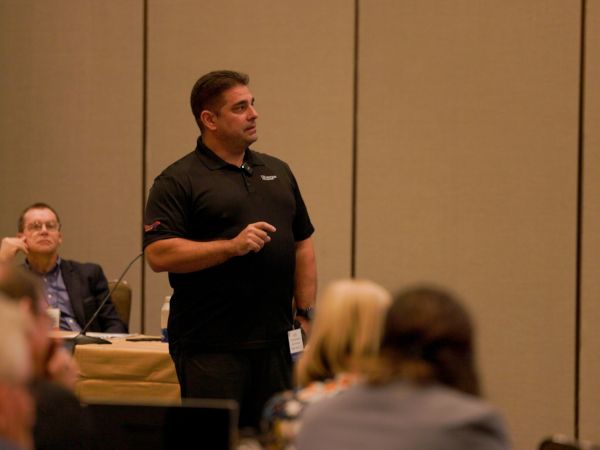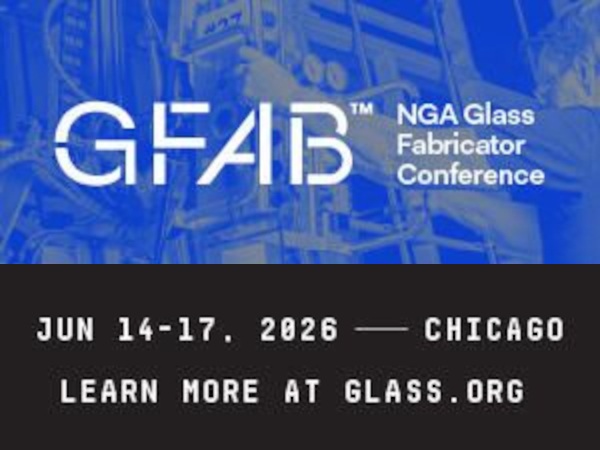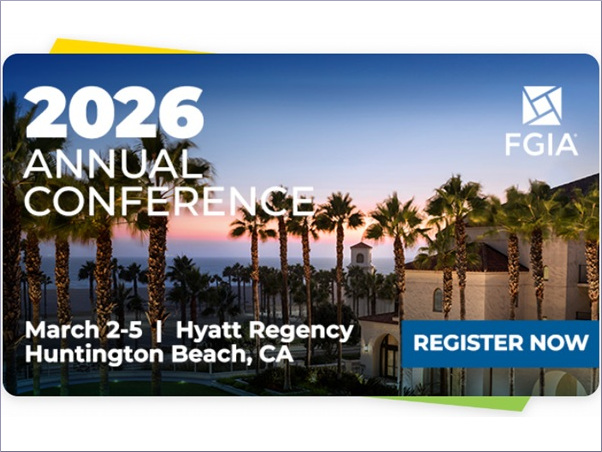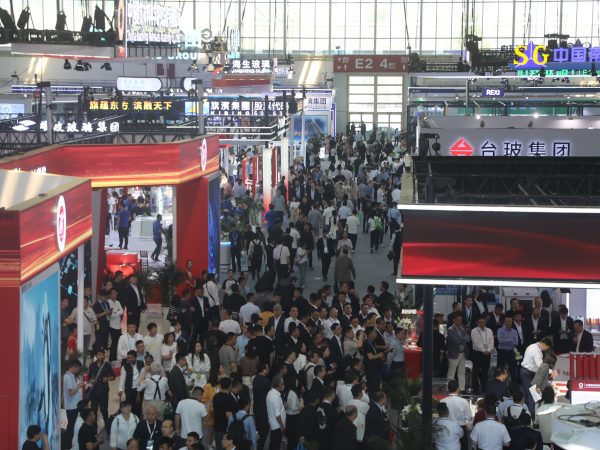
Date: 25 February 2025
Sponsored by the FGIA Fenestration Safety Committee, this session entitled “Safe Manufacturing of Hurricane Resistant Products” was led by Todd Benedict, Senior Environmental, Health, Safety and Security Manager at PGT Innovations. His presentation included background information on hurricane codes, why hurricane-resistant products are necessary and how to safely handle them during their manufacturing and assembly.
History of Hurricane Codes
In 1992, Hurricane Andrew came through as a Category 5 storm, causing billions of dollars in damage, said Benedict. “That is where some of the codes we have today came from,” he explained. Those in the Miami-Dade area developed the first hurricane codes in 1994, which were expanded to the Florida Building Code in 2002. “All Gulf and East Coast states adopted hurricane windload codes over time,” he said.
Hurricane-resistant products are subject to a more involved testing process than typical windows and doors, said Benedict. “Hurricane-resistant products go through impact testing, both large and small missile, and positive and negative pressure cycling tests,” he said. Hurricane-resistant products can be used in residential, commercial, or high rise residential applications.
Why Impact-resistant Products?
Benedict shared that, because four of the top 10 storms have occurred in the last five years, impact-resistant products are more necessary than ever before to protect from flying debris. “Impact-resistant windows and doors are designed to withstand pressures,” he said. “They use laminated glass, reinforced frames, more robust glazing sealants and stronger, more secure hardware. They are meant to ensure the structural integrity of the building envelope.”
Safety Considerations from Start to Finish
There are many safety considerations when manufacturing hurricane-resistant products, including lacerations, strains or sprains and chemical exposure, said Benedict. He noted that protective coatings on gloves can also make that glass more slippery. “When laminating glass, make sure personal protective equipment (PPE) is clean,” he said. This helps to avoid injury as well as product defects.
When transporting glass, Benedict noted that multiple pieces of glass stacked together can be very heavy. “Use carts, preferably on a track system,” he advised. When trimming lamination, box cutters and hot tools are often used to trim lamination. “Those obviously have a capacity for causing injury,” Benedict said. “Someone needs to be very well trained to do this.”
In terms of machinery, automated ovens, washers, dryers and conveyors present the potential for thermal burns or other machine hazards. “Equipment from outside the U.S. might not have the same level of safety protection,” said Benedict. “It's your job to make sure they are safe for your employees.”
While in the assembly operation, watch for metal dust, an eye hazard, said Benedict. “Also, metal cutting is very noisy,” he warned, which requires proper hearing protections. “Repetitive motion can cause ergonomic issues. Minimize the handling of finished products by using machines, safely,” Benedict advised.
Benedict’s key safety measures include the following.
- Proper training for all levels of employees
- Clear safety expectations with accountability
- Identifying correct PPE – what is preferred and also what is needed
- Understanding top loss areas using a hierarchy of controls to address them
- Work rotation and work hardening
In conclusion, always remember why safety is important, said Benedict. “Your workers have loved ones, and their families should not have to worry about them,” he said. “They want and expect to go home safely.”
For more coverage about the FGIA Annual Conference, visit FGIAonline.org/news.
 600450
600450







Add new comment